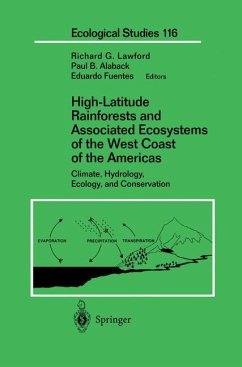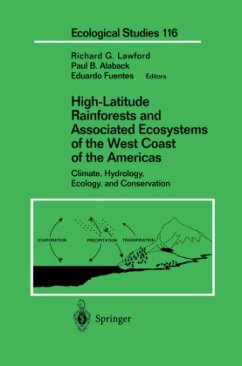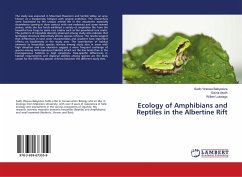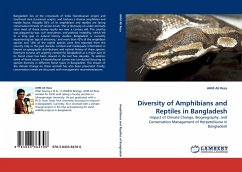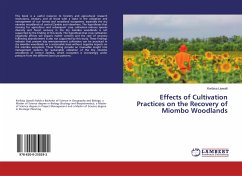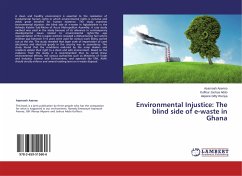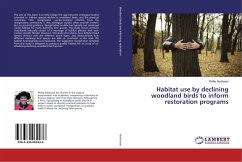
Post-Logging Recovery Of Amphibians In Ghanaian Rainforests
Versandkostenfrei!
Versandfertig in 6-10 Tagen
36,99 €
inkl. MwSt.

PAYBACK Punkte
18 °P sammeln!
Logging intensity and the area size continue to increase rapidly each year. As a result, there are indications that by the year 2050 nearly all tropical forests will be logged. However, to date there is a lack of quantitative information on the effectiveness of selective-logging practices in ameliorating impacts of logging on faunal communities. To assess post-logging effects on amphibian assemblages, we conducted a large-scale replicated field study in three Ghanaian selectively logged moist semi-deciduous forests at varying times after timber extraction. Specifically, we assessed whether the...
Logging intensity and the area size continue to increase rapidly each year. As a result, there are indications that by the year 2050 nearly all tropical forests will be logged. However, to date there is a lack of quantitative information on the effectiveness of selective-logging practices in ameliorating impacts of logging on faunal communities. To assess post-logging effects on amphibian assemblages, we conducted a large-scale replicated field study in three Ghanaian selectively logged moist semi-deciduous forests at varying times after timber extraction. Specifically, we assessed whether the diversity, abundance, and assemblage composition of amphibians changed over time for forest-dependent species and those tolerant of forest disturbance. We also investigated and herein we provide novel data on the ecology of one of the world's rarest frogs, the Giant West African Squeaker Frog, Arthroleptis krokosua.



